|
|
|||
|
(Back to Preceding Week; on to Next Week) |
|
JUNE IS BUSTIN' OUT TWICE OVER
In the Carolina Piedmont, nature awakens early from its winter nap when things start to stir in very early March as the first wildflowers appear. April and May are pretty busy, too, especially with green-up in the tree canopy and the subsequent arrival of spring migrant birds from their tropical wintering grounds. And now, as the song from Oklahoma! claims, "June is bustin' out all over." In fact, so much was happening the first half of the month at Hilton Pond Center we've modified those lyrics to say "June is bustin' out TWICE over." To prove it we herein include TWO images for each of the organisms showcased this week.
All text & photos © Hilton Pond Center Our local Trumpet Creepers, Campsis radicans, began leafing out this spring just before the big Easter freeze, and after the tender greenery was killed we were a bit concerned the plants might have trouble rebounding. Amazingly, virtually all our established vines made new sets of foliage, although it seems to us the leaflet colors aren't the uniform deep green we've seen in previous years. We spotted our first Trumpet Creeper flower buds right after 1 June and sat back to anticipate the opening of the first full bloom.
Those first blooms appeared on 6 June, right about the same date as in years past. The initial flowers appeared on vines that had clambered into the tops of small trees--include those that stick out above the foliage of a 15-foot hickory sapling (above). Perhaps being up closer to the sunlight gives these aerial vines a slight edge over their conspecifics down at ground level. As the Trumpet Creeper began blooming, the rush of Ruby-throated Hummingbirds that appeared the last half of May suddenly disappeared--perhaps because natural flower nectar somehow tastes better to hummers than the artificial mix of sugar water we humans provide in plastic feeders. Is it coincidental Trumpet Creepers start to flowering just about the time we expect the first fledgling ruby-throats to appear? We don't think so.
Spring--including the month of June--is associated with cleansing and re-birth and--of course--with reproduction. Males of many species strut about in their finest attire and try to catch the eye of nearby females; the Carolina Anole, Anolis carolinensis, is no exception. As we were working in the Center's side yard one afternoon, we spotted an anole moving on a stack of recently split firewood. After sneaking up on his woodpile domain, we peeked through an opening in the stack and could see him displaying on the other side (above). Backlit by the sun, his throat flap literally glowed--a male-only attribute that certainly should attract the attention of potential mates.
This particular anole was a tad bit wary and scurried around as we tried to set up our tripod and camera with long lens. Finally, he moved into position on a horizontal log and pulled forward a stiff section of cartilage just behind his chin. This action again stretched his bright red dewlap and revealed his intentions to the lizard world. Although Carolina Anoles can change skin color and are sometimes called "chameleons," they aren't. Unlike multi-hued and prehensile-tailed true chameleons, our anoles only have two colors: When the lizard is warm or behaviorally aroused it becomes bright green but assumes a much duller brown on cool days or when it isn't courting or defending a territory.
More reproductive activity was in evidence on another day in the open area behind our old Hilton Pond farmhouse. As we checked mist nets for hummingbirds we almost stepped on a female Painted Turtle, Chrysemys picta, that had come ashore to lay eggs (above). We encountered this reptile at an inopportune time--just as she was urinating to soften the earth enough for her to excavate a nest. In our experience, even a slight disturbance at this point in the process will cause the turtle to abandon her work, so we quickly grabbed our camera and fired off a few shots.
After digging a vase-shaped nest hole, the female Painted Turtle usually lays a half dozen or so eggs, covers them with moist mud, and then smooths over the excavation by sliding across it with her plastron (lower shell). When we have come across nesting turtles while they were at least laying their eggs they always finished the job, but--as expected--the one we found this week in early stages of nest-making gave up and crawled away immediately after we took our second photo (above). There are plenty of other open spots for her to choose, however, so we're not too concerned our accidental disturbance will thwart her reproductive attempts this year.
Close to sunset one day this week we approached one of our mist nets and saw a reddish bird snared within. We suspected a Northern Cardinal--we frequently recapture local redbirds that never seem to remember where our nets are located--but as we got closer we could see the bird was actually a Summer Tanager. Because the bird was yellowish and bringing in numerous red feathers, we assumed it was a second-year male that hatched out in 2006 and was now acquiring its adult plumage.
However, when we took the tanager into our banding lab and examined it more closely, we were literally shocked to see this bird had a distended cloaca and well-developed brood patch--in this species two sure signs of a breeding female. Nonetheless, even the undertail covert feathers (above) that were coming in were the deep reddish-orange we've always associated with male Summer Tanagers, so we're not exactly sure what the deal is with this particular bird. Is "she" a female with a larger than normal allotment of testosterone that cause male-like plumage. Is "he" a second-year male that for some reason has a brood patch--a structure that males do develop in some species of flycatchers and woodpeckers? Or is something else going on here? Nature is FULL of surprises.
As we've said before, not everything in nature is warm, fuzzy, and pleasing to the eye; to depict it otherwise is false and leads to misunderstanding how everything fits together in the world around us. That's our rationale for including the above photo of a male American Robin we caught at Hilton Pond Center last week but did not band because there was really no place to put a numbered aluminum ring. Banded or not, when we mist netted him AGAIN this week we easily recognized him by his grotesquely deformed legs and toes--a condition called "scaly-leg." Scaly-leg is caused by mites that get between the scales on the legs, feet, and toes of birds and cause an abnormal cheesy-like growth. On his right leg, all four toes were misshapen and had lost their claws, while the claws on two toes of the left leg were long, thin, and straight; this leg's outer and hind toes were lacking claws altogether. We've seen scaly-leg in several species, but never to the extreme exhibited by the robin, so it's possible the bird was also affected by avian pox--or by avian pox alone--which often causes claw and toe loss. With such malformed appendages it's hard to imagine how this bird--probably in his second year--was able to hop around and forage. It's also questionable whether he would have been able to mount a female to copulate, although he had a well-developed cloacal protuberance that undoubtedly was laden with sperm. The photo above isn't very pretty, so we'll include just one image of the scaly-legged robin.
As we gaze out our office window toward Hilton Pond, several six-foot-tall shrubs partly obscure our view of the water. On most the stems are ramrod straight and unbranched, with compound leaves coming off in whorls at regular intervals. At the top each plant branches to produce two or more large, white umbrella-like flower heads up to ten inches in diameter (above); these are the blooms of Black Elderberry, Sambucus canadensis. A related species--the Red Elderberry, S. pubens--also grows in the North Carolina mountains. Both elderberries are named for the colors of their ripe fruit; thus, the green berries in the foreground of the plant above will turn black as summer progresses.
With such a huge floral assemblage we would expect elderberry to attract pollinators, so we climbed up on a ladder close to the plant with the largest flower head and waited with our camera and macro lens. We didn't have long to wait until the white flowers became a temporary landing platform--only about ten seconds--for Trigonopeltastes delta, the Delta Flower Scarab (above), a member of the Scarab Family (Scarabaeidae). Beetles in this group eat flower pollen--unlike some other family members that nibble on dung--and undoubtedly does a bit of pollinating while it dines. So there you have it. Lizards, turtles, flowers, and birds, all signs that yes, indeed, "June is bustin' out TWICE over" at Hilton Pond--and elsewhere.
All text & photos © Hilton Pond Center
Comments or questions about this week's installment?
Thanks to the following fine folks for recent gifts in support of Hilton Pond Center for Piedmont Natural History and/or Operation RubyThroat: The Hummingbird Project. Your tax-deductible contributions allow us to continue writing, photographing, and sharing "This Week at Hilton Pond." (Please see Support if you'd like to make a gift of your own.)
IMPORTANT NOTE: If you ever shop on-line, you may be interested in becoming a member of iGive, through which nearly 700 on-line stores from Barnes and Noble to Lands' End will donate a percentage of your purchase price in support of Hilton Pond Center and Operation RubyThroat. We've just learned that for every new member who signs up and makes an on-line purchase within 45 days iGive will donate an ADDITIONAL $5 to the Center. Please sign up by going to the iGive Web site. It's a painless and important way for YOU to support our work in conservation, education, and research. "This Week at Hilton Pond" is written & photographed You may wish to consult our Index of all nature topics covered since February 2000. You can also use our on-line Hilton Pond Search Engine at the bottom of this page. For a free, non-fattening, on-line subscription to |

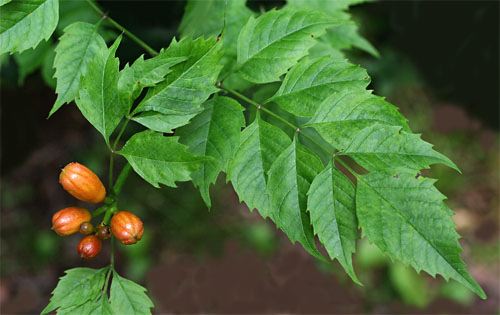
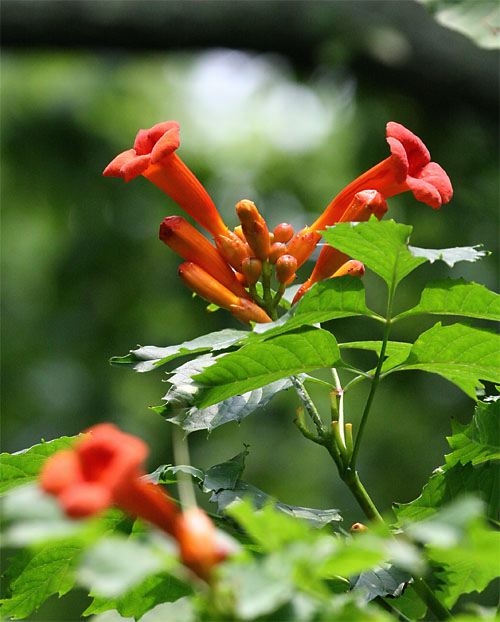
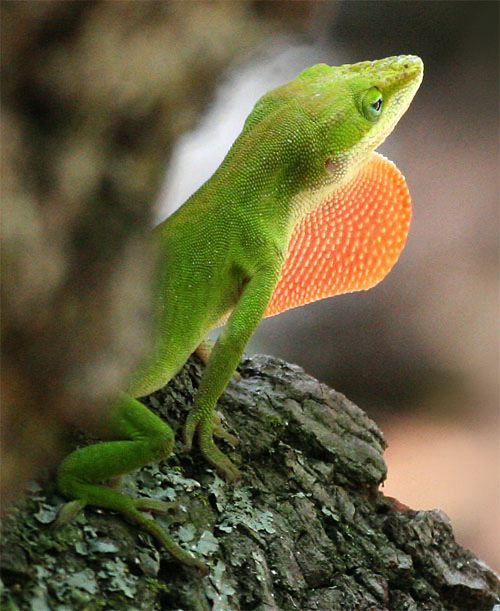
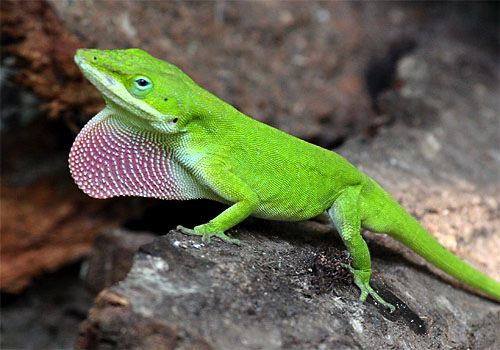
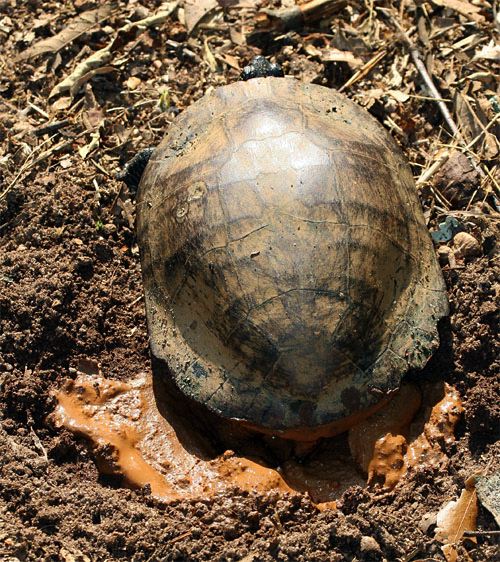
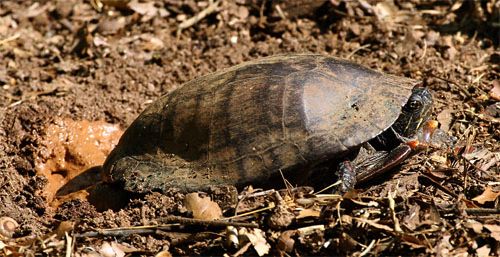
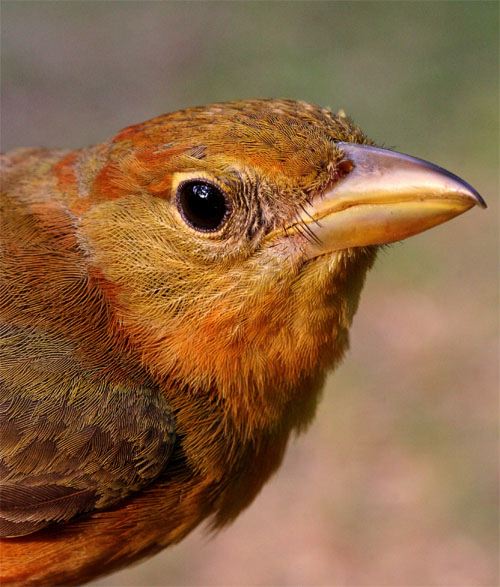
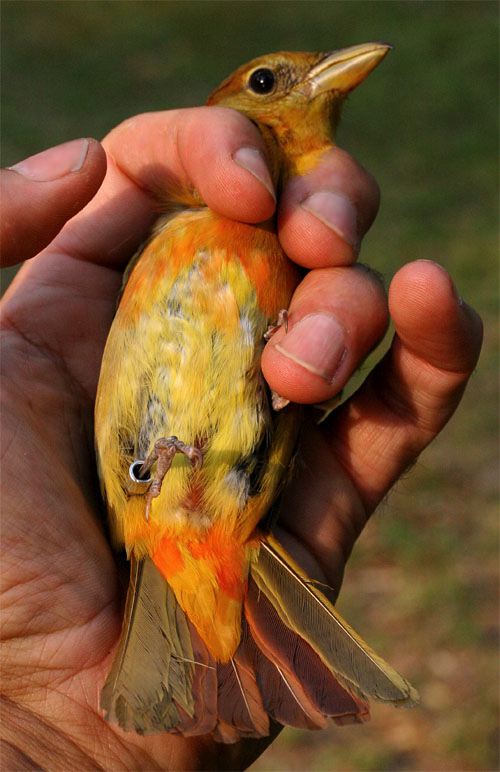
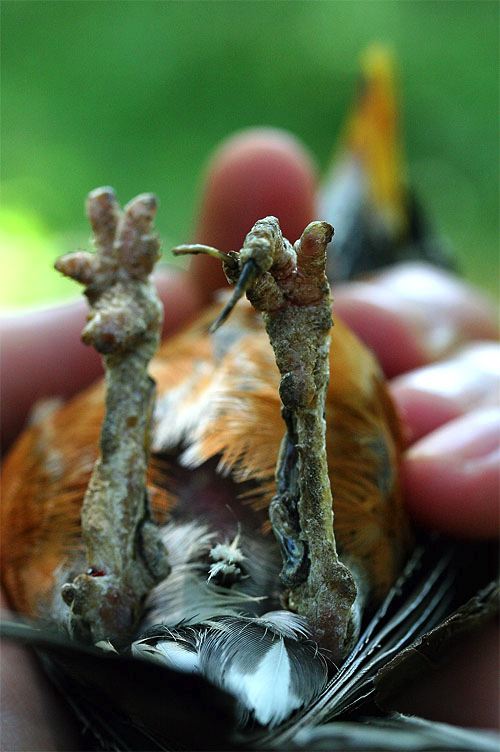
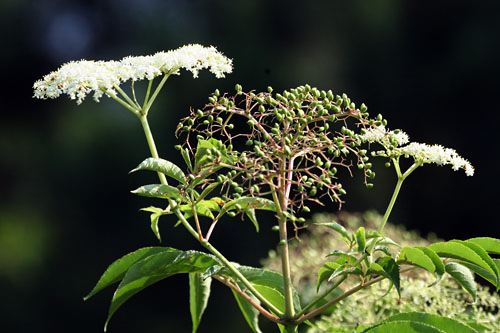
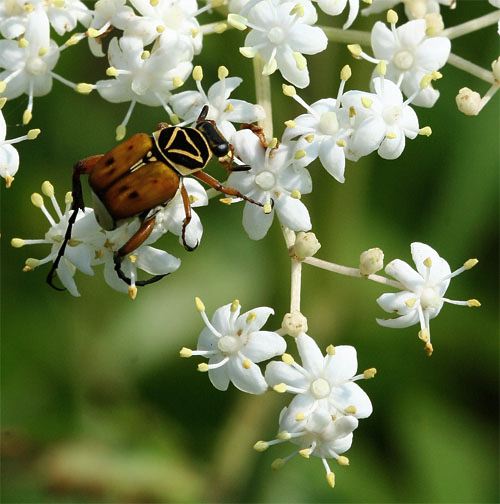


 Please report your
Please report your
